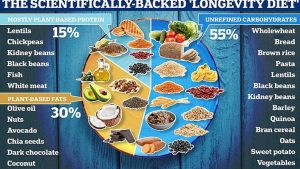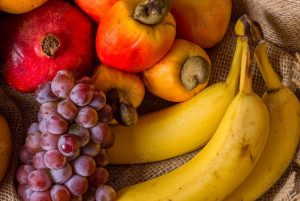For those who have no health challenges, navigating the fast can be tricky, as it involves a drastic change in routine and lifestyle, making it difficult for people to keep their glucose levels in range throughout the day.
For those living with diabetes, there are many reasons to be cautious and steps to take in order to have a healthy Ramadan experience.
Endocrinologists advise that, “For people with controlled diabetes, there are steps they can take to manage their sugar levels, especially while fasting for long periods during Ramadan.
READ ALSO: Why people living with sickle cell may not fast!
“People should follow healthy eating habits for the periods between sehri and iftar; while they should not forget to monitor their blood sugar while fasting.
Sehri is the morning meal eaten by Muslims before the sun has come up during Ramadan, while Iftar is the meal eaten after sunset during Ramadan.
Indeed, in addition to conventional blood glucose meters requiring finger-pricking, adhering to your doctor’s advice is also important if you must understand any changes required with your medication.
Doctors say that checking your blood sugar readings more often can improve your glucose control and reduce the risk of long-term health complications.
Foods for diabetic at Ramadan

Complex carbohydrates are recommended for sahur, such as barley, wheat, oats, millet, semolina, beans, etc. Simple carbohydrates should be consumed during iftar such as rice, pounded yam, Eba. These should be taken with discretion.
Foods to be taken more include salads, fruits, buttermilk, egg white, sprouts, almonds, walnuts, multigrain chapattis, whole wheat bread, oats, green vegetables, tofu, lean meats, chicken, fish.
Foods diabetics should avoid at Ramadan

Foods to be avoided are banana, chichi, grapes, full cream, cheese, fried maida snacks, fried nankeens, cashews, dates, fried rice, maida, mutton, pizza, burgers, butter and mayonnaise, juices, ice creams, mithai, halwas, cakes, chocolate and sweets.


